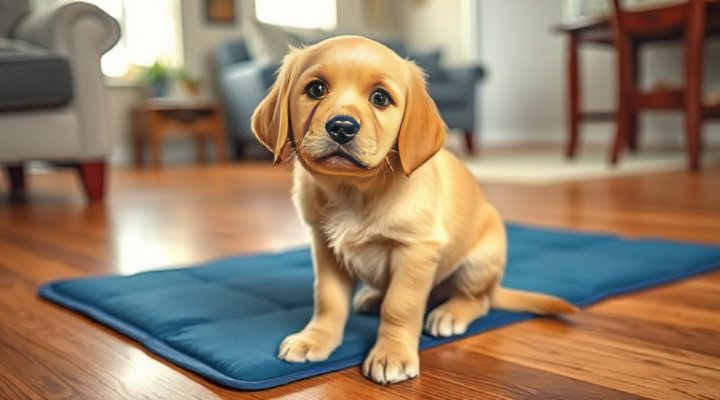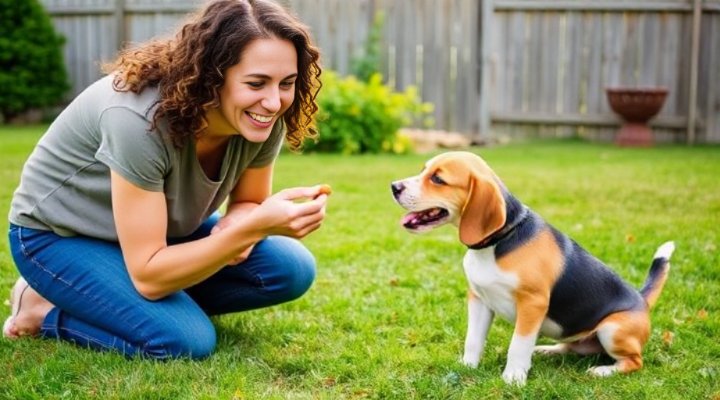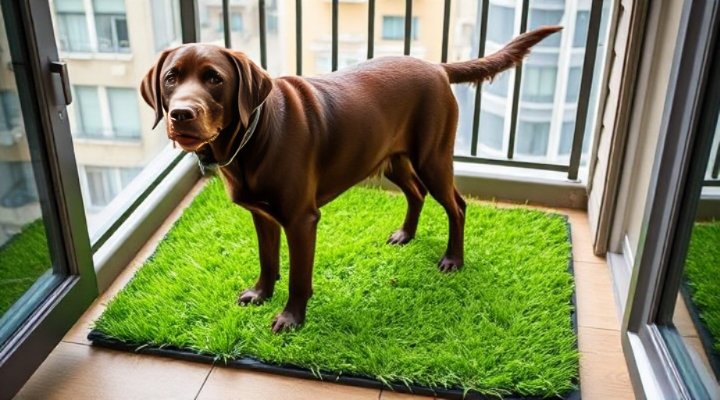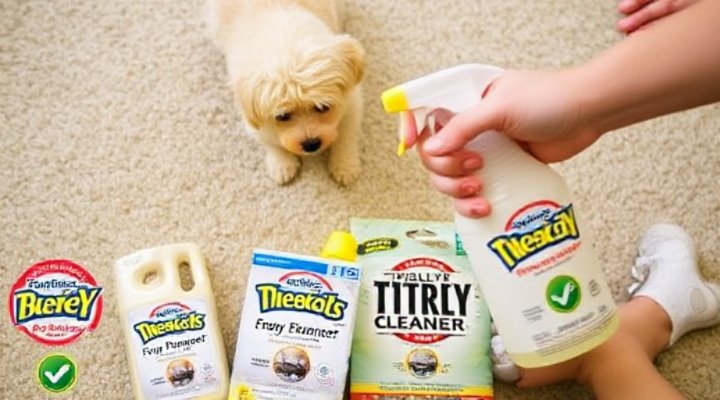Potty training is one of the first and most important lessons you’ll teach your dog. Done correctly, it creates a clean living environment and strengthens the bond between you and your pet. The best way to potty train a dog combines consistency, positive reinforcement, and understanding your dog’s natural rhythms.

Understanding Your Dog’s Potty Needs
Before diving into training methods, it’s crucial to understand your dog’s natural elimination patterns. Puppies typically need to go:
- First thing in the morning
- After meals
- After naps
- After play sessions
- Right before bedtime
Adult dogs have more bladder control but still benefit from regular potty breaks. According to the American Veterinary Medical Association, establishing a routine is key to successful house training.

Setting Up for Success
Choose Your Potty Area
Decide whether you’ll train your dog to go outdoors or use an indoor solution like pee pads or a grass patch. For outdoor training, always take your dog to the same spot – the familiar scent will encourage elimination.
Gather Supplies
You’ll need:
- High-value treats specifically for potty training rewards
- A leash for controlled outdoor trips
- Enzymatic cleaner for accidents
- Potty bells if using doorbell training (check out our guide on dog doorbell training)

The Step-by-Step Potty Training Process
1. Establish a Routine
Take your dog to their potty area:
- First thing in the morning
- 15-30 minutes after meals
- After waking from naps
- After play sessions
- Before bedtime
Puppies may need hourly trips initially. Our article on potty training in apartments offers additional tips for urban dwellers.
2. Use a Cue Word
Choose a phrase like “go potty” and say it consistently when your dog eliminates. Eventually, they’ll associate the phrase with the action.

3. Reward Immediately
The moment your dog finishes, praise enthusiastically and give a treat. Timing is crucial – the reward must come within seconds of the behavior.
4. Supervise Constantly
When not confined, keep your dog in sight. Look for signs like sniffing, circling, or restlessness that may indicate they need to go.
5. Handle Accidents Properly
If you catch your dog in the act, interrupt gently and rush them to the proper spot. Never punish after the fact – dogs don’t connect punishment with past actions. Clean accidents thoroughly with enzymatic cleaner to remove scent markers.

Troubleshooting Common Potty Training Challenges
Submissive or Excited Urination
Some dogs leak urine when greeting or when anxious. Keep greetings calm and avoid direct eye contact initially. This usually improves with maturity and confidence.
Marking Behavior
Unneutered males are especially prone to marking. Spaying/neutering often helps, along with thorough cleaning of marked areas and supervision.
Regression
Stress, changes in routine, or medical issues can cause trained dogs to have accidents. Rule out health problems first, then return to basic training.
For more on addressing behavioral challenges, see our guide on understanding and managing dog behavior.
Advanced Potty Training Tips
- Consider crate training – dogs naturally avoid soiling their sleeping area
- Use a consistent feeding schedule to predict elimination times
- For nighttime, remove water 2 hours before bedtime and do a final potty break
- Track successes and accidents in a journal to identify patterns
The American Kennel Club recommends patience and consistency as the keys to successful potty training. Remember that every dog learns at their own pace.
Final Thoughts
The best way to potty train a dog focuses on positive reinforcement, clear communication, and setting up routines that work for both of you. While the process requires time and patience, the results – a clean home and a dog who understands where to go – are well worth the effort. Celebrate small victories and remember that occasional setbacks are normal. With consistency and kindness, your dog will master this essential life skill.
Related Keywords: house training a puppy, dog bathroom habits, potty training schedule for dogs, how to stop dog accidents indoors, positive reinforcement dog training

